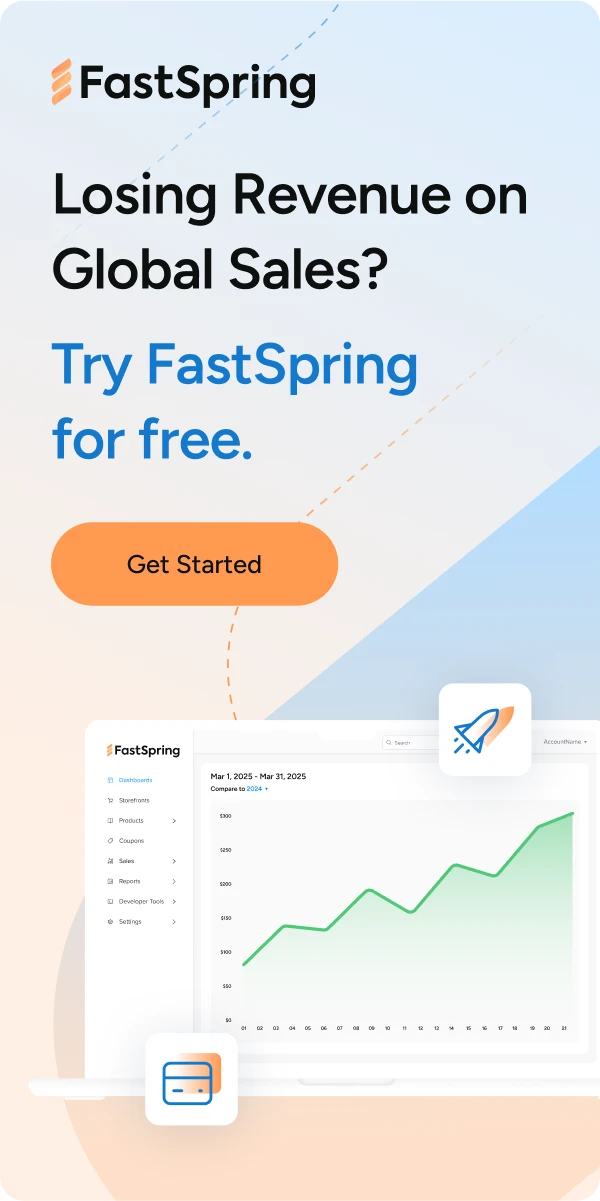When you hear the word “haunted,” odds are the first thing that comes to mind is not ecommerce. But in keeping with the Halloween theme, I’m going to discuss five key factors in ecommerce that you don’t want to come back to haunt your software company.
1. Goblins, Ghouls, and Global Regulations | GDPR & PSD2
As the ecommerce space continues to develop and grow, so do the laws and regulations surrounding it. Last year, one of the most significant regulations to roll out was the EU General Data Protection Regulation (GDPR). The GDPR outlines a set of policies that protect European Union residents by establishing a new framework for handling and processing personal data. Effective May 25th, 2018, this regulation applied to all companies holding the personal data of data subjects residing in the European Union, regardless of the company’s location. Under GDPR, customers have a right to be notified when their data is compromised, and businesses must receive explicit consent from customers to process their information.
2019 has been the year of the Second Payment Services Directive (PSD2) in global regulations. The PSD2 was established to benefit consumers by driving payment innovation and data security. It mandates new security processes and encourages standardized technology for online payments. While there was uncertainty about which would implement the regulation by the original deadline of September 14th, the vast majority of countries in the EU/EEA have adopted the directive. So bottom line, if you offer services or products to consumers in the EU, then PSD2 will affect your business. The regulation applies to any transactions that are considered “one-leg transactions,” when at least one party involved is based in the EU. Which means if your company is in North America but sells to a customer in the EEA, or you’re in the EU selling to a customer in North America, you need to comply with the rules of the PSD2.
The risk of not being GDPR and PSD2 compliant will come back to haunt you in a myriad of ways, from limiting your customer base to being charged costly fines, the best way to avoid these frightening consequences is by ensuring you are compliant.
2. A Haunting Lack of Localization | Globalized Pricing
Let’s face it; the unknown can be a bit unsettling. That uncomfortable feeling in the pit of your stomach that you get when you’re uncertain of something happens to a lot of online shoppers.
The root of the cause? A lack of localization.
We live in a world where customers have come to expect a personalized experience everywhere, and online shopping isn’t an exception. Failing to personalize the shopping experience to local currencies can create friction in your customer’s shopping experience. When expanding into foreign markets, your online business needs to realize that global consumers are far less likely to convert on a site that does not adjust the price to their local currency. Being aware of your customer’s unique shopping preferences and tailoring checkout experiences to meet these expectations will promote a more streamlined shopping experience that’s sure to increase conversions and boost revenue.
3. The Unrelenting Ghosts of Unfulfilled Orders | Cart Abandonment
It’s time to get back to basics when it comes to your online store, no we’re not talking about going back to old technology–but getting back to making it all about the customer. Your digital shoppers want a quick and straightforward experience when they visit your online store. Forcing your customers to navigate lengthy and complicated checkout processes is one sure-fire way to kill a sale.
To remedy this, consider shortening the checkout process as much as possible. Help save your customer’s time by reducing form fills to only the most essential fields like payment information and protect your customer’s trust by avoiding third party redirects. Processing payments using a dynamic popup checkout form natively on your site helps build greater credibility in your checkout process, which will help close more sales.
The best way to test out how well your checkout process is performing is through A/B testing your checkout. A/B testing will tell you where you can improve and how you can alter the format of your checkout to enhance the customer experience. By ensuring you are providing a great experience for the consumer, your online store will avoid becoming a ghost town and instead increase your conversion rate and revenue!
4. Undead Uncollected Taxes | VAT/TAX Complexities
In the past, digital businesses were only expected to voluntarily pay sales taxes when they didn’t have a brick and mortar store in the state the digital item was purchased. But thanks to recent rulings like in the case of Wayfair vs. South Dakota, this is no longer true.
Now that the court has removed the need for a physical presence as a requirement for sales tax responsibility, any business with a “significant economic nexus” is responsible. Understanding when sales tax rates apply is intricate because it is left up to the sellers and buyers to know who is and isn’t exempt. The easiest way to make sure your business won’t be haunted by sales tax is by partnering with a full-service SaaS ecommerce platform that handles it for you.
Additionally, if you’re selling software or digital products to E.U citizens, you have to deal with Value-Added Tax (VAT). The VAT is a broadly based consumption tax assessed on the value added to goods and services. The VAT applies to all imported goods and services bought and sold for use or consumption in the European Union.
Of course, there are a number of benefits to complying with local and international tax laws. Not only does compliance help ensure that you’re legally operating your business according to the local legislation, but you also help strengthen the reputation of your brand as a digital business committed to integrity.
5. Harrowing Tales of Unsustainable Subscriptions | Subscription Models
Don’t let subscriptions trick you; they aren’t as easy as they appear. While the concept of recurring revenue is great, retaining your customers and creating a sustainable subscription model can trip up a lot of online stores. To better understand what a sustainable subscription model looks like, here’s four key metrics sustainable models should have:
- Freemium balance: A good subscription model has a balance between how good their freemium offer is and how enticing it is to sign up for premium.
- Price-page conversion rate: The price point for a subscription model should help not hurt a conversion rate. On top of that, your pricing should be simple enough for your customers to navigate.
- Good Retention Rate: The goal of any subscription should be to increase the Customer Lifetime Value (LTV) by having a sustainable model that encourages a high retention rate.
- Cut Down on Churn: Subscription models thrive when there is a lower voluntary and involuntary churn rate for customers. Great models keep churn rates no higher than 20%, and optimally under 10%.
Subscription models are not for those who are easily spooked, but they can be a great asset to an online store when they are done well. For a more in-depth look at your subscription model, click here to learn how to test out your model. Subscriptions can be frightening, but when they are done well, there’s no need to be spooked.
Don’t Let Ecommerce Scare You Away
If these five items have given you a fright, fear not. FastSpring’s full-service ecommerce platform takes the hassle out of setting up and managing your online store so you can focus on more important things, like figuring out what your Halloween costume will be this year. Focus on growing your business revenue and let FastSpring help you:
- Stay up-to-date with global regulations.
- Create personalized shopping experiences that convert.
- Reduce cart abandonment and protect sales revenue.
- Stay compliant with Tax/VAT complexities.
- Build subscription models that are sustainable
This Halloween season, there’s no need to feel “haunted” by ecommerce. With our full-service platform, we have everything you need to succeed during this spooky time of year and beyond.









